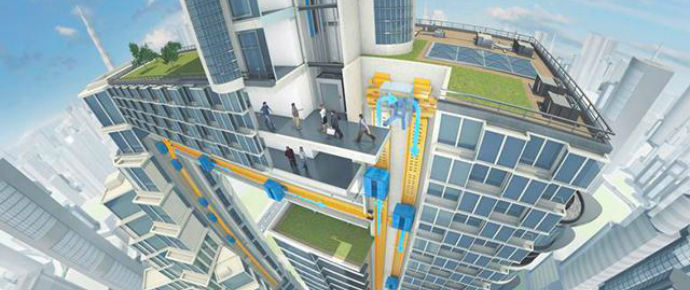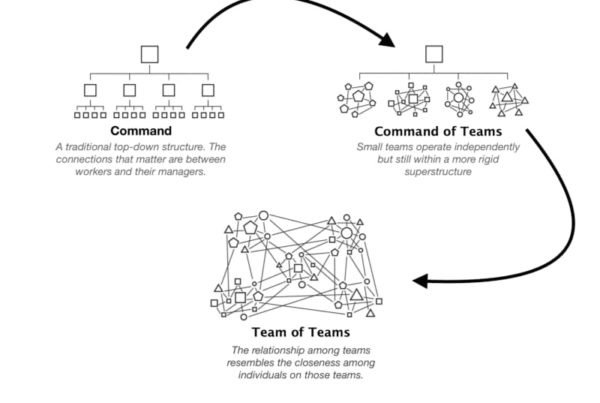As urbanization increases, the need for mobility has frequently spurred traffic congestion. Congestion may cause not only economic losses, but also a burden for people’s health and the environment, through its resulting air pollution. This session aims to explore smart traffic systems: how can new approaches to traffic management help cities improve mobility while keeping traffic impacts in check?
Interview at SCEWC, Barcelona
When it comes to getting around in the smart cities of the future, many people believe that one thing is certain: we will go green and use electric vehicles, ditching the ‘dirty’ fuel-powered cars of today. But how green are electric vehicles, really?
They are not, said Kaustubh Dhargalkar of the Center for Innovation & Enterprise in Ahmedabad, India, speaking at one of the sessions at the Smart City Expo World Congress in Barcelona this week.
“While electric vehicles seem to offer zero tailpipe emissions, the energy needed to recharge the car doesn’t necessarily come from renewable sources,” he said. “Today, 83 per cent of electricity generated comes from coal and natural gas. And your electric vehicle might be making the city green, but polluting the countryside where the plant is located. Unless the plants use renewable resources, it’s not a green and clean option.”
He said that at the moment electric car makers don’t really seem to care about where the electricity to recharge their batteries comes from; to be truly green, this electricity has to be drawn from alternative energy sources such as solar, wind, hydro, biomass and geo-thermal.
“Today, the current business model of electric vehicles is about overcoming range anxiety, so manufacturers are working on increasing capacity of battery packs,” said Dhargalkar. “Another issue is reducing recharging times. It still takes some 20 to 30 min to recharge, and electric vehicle makers are trying to improve that. They are also thinking about providing better recharging infrastructure and lower recharging cost. But what about carbon footprint? It needs to be part of the ecosystem, we need to integrate renewable sources to reduce carbon footprint.”
How can it be done? Dhargalkar says it is necessary for organisations running renewable energy sources and electric cars makers to collaborate; together, they have to build an ecosystem of energy sources.
“Electric vehicle manufacturing companies should have an umbrella organisation that would invest in agencies that create renewable energy sources, and the energy thus generated through renewable energy sources would then get some energy credit for the electric vehicle manufacturer,” explained Dhargalkar.
“These energy credits can be used for charging electric vehicles sold by the vehicle manufacturer, while the surplus energy generated can be sold to distribution companies, and the government can give a secondary exchange of energy credits.”
Governments could also provide tax incentives for income generated from trading these energy credits, he says. This way, there could well be a competition between various car makers to gain as much energy credits as possible. “It should be made mandatory to electric vehicle manufacturers to invest in green energy sources,” he said.
But there may be other ways of lowering the carbon footprint of future smart cities. Also speaking at Smart City Expo World Congress, Karl-Otto Schollkopf of German technology company ThyssenKrupp presented a concept for a network of speedily moving walkways – similar to those in many airports and some metro stations.
They would be above ground, for example to link up events as well as train or metro stations with exhibition centres and theme parks. “The walkways could replace buses – and by accelerating transit times, improve carbon footprint,” said Schollkopf.
Apart from walkways, his company recently finalised a concept of horizontal lifts. In an average building, lifts use around 10 per cent of the building’s energy, said Schollkopf, and as buildings are getting higher and higher, sustainable lifts are a must. “There are 63 cities worldwide with more that 3 million inhabitants, and since the year 2000 the number of high rise buildings has tripled. In higher buildings, the number of lifts needs to be increased – which means increasing the lifts’ footprint, making the building inefficient.”
ThyssenKrupp is suggesting a technology, dubbed MULTI, that envisages self-propelled elevators which can travel both horizontally and vertically along skyscrapers. The system would rely on linear motor technology similar to that seen in maglev (magnetic levitation) trains and would operate without any cables.
MULTI would use one motor to make the lift go up and down, and another for horizontal motion. The system consists of multiple cabins moving in a loop at about 5 meter per second, enabling passengers to exit and enter the cabin every 15 to 30 seconds.
It would not only reduce the time spent travelling, but also, said Schollkopf, decrease the carbon footprint of the building by up to 50 per cent while increasing people throughput by at least as much. “To move masses, you need energy. And by using a more lightweight system with composite materials, such as carbon fibre, you could reduce the footprint dramatically. Even if these materials are more expensive, in the end of the day the system will be much more energy efficient so the carbon footprint will be reduced.”




